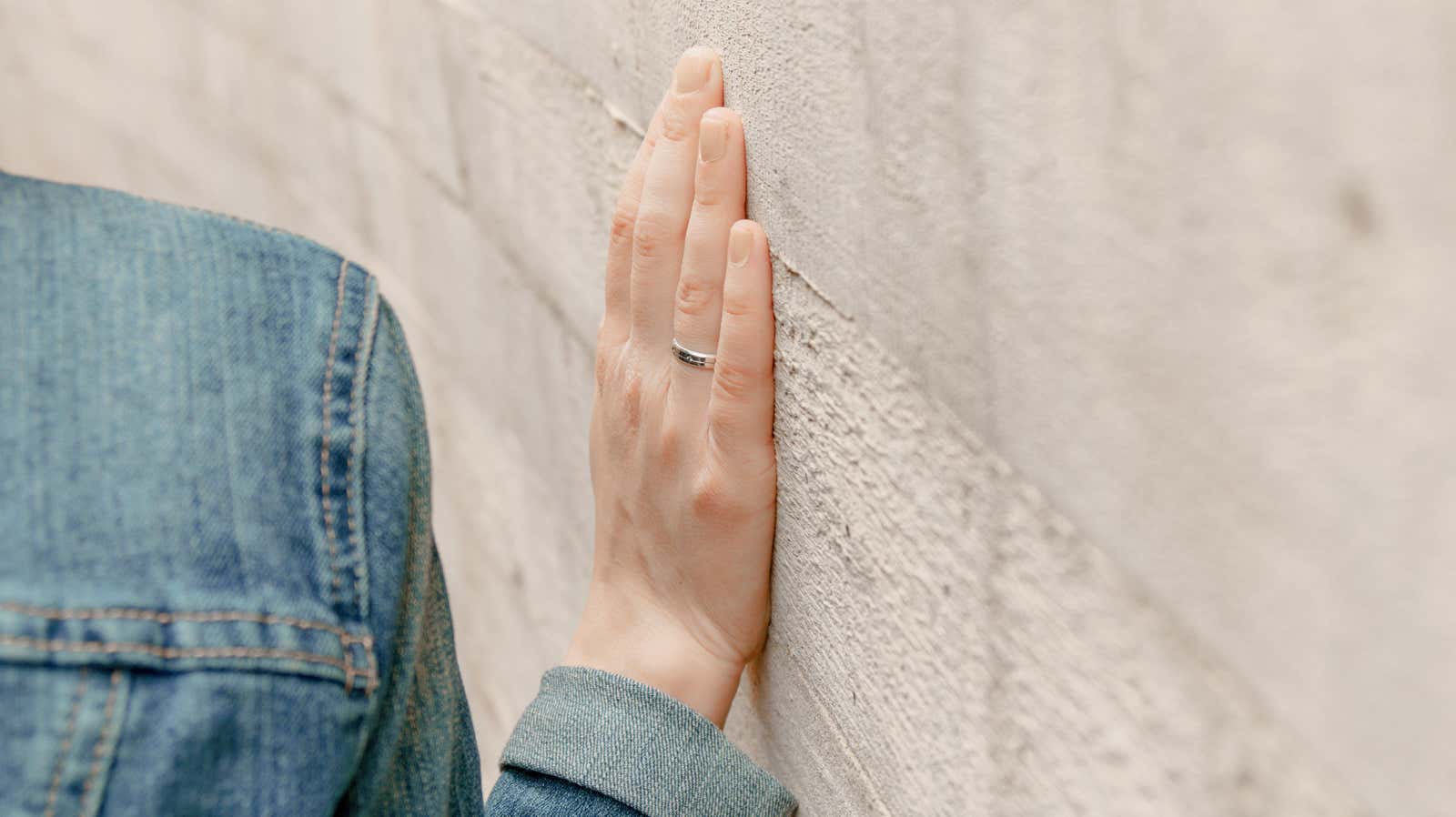How to Improve Your Spatial Awareness (and Stop Bumping Into Things)

If, like me, you end up getting occasional bruises from hitting furniture and struggling to get to a place without getting lost, poor spatial awareness may be the problem. Spatial awareness is knowing where your body is in space, including its position in relation to other objects or people. Spatial perception also includes the ability to visualize things in the mind , the ability to predict how objects might fit together, and the ability to visualize objects from different perspectives.
Signs of poor spatial perception include trying to pinpoint the location of something; difficulty orienting in the environment while walking or driving; problems with determining the distance to the object; difficulty reading a map or following directions; confuse left and right or top and bottom; and problems with coordination.
Spatial awareness develops during childhood and, like many other skills, it is continuous: in some people it is very well developed, while in others it is difficult. Spatial ability can be affected by a number of disorders , such as partial blindness or autism spectrum disorder.
How to Improve Spatial Ability in Children
Spatial thinking is formed in childhood. It is helpful for very young children to discuss the location and relationship of objects; suggest directions using terms such as “left” and “right” or “up and down”; talk about the relationship of objects to each other; and distance measurements.
As children get older , their spatial awareness can be developed in a variety of ways, whether through playing in an obstacle course or on a playground; training in sports or other physical skills; solving puzzles; teaching arts and crafts; Or learn to read a map.
How to Improve Spatial Ability as an Adult
Although spatial reasoning develops in childhood, it can still be improved as an adult. The key to this is finding ways to practice. For example, drawing , painting, or photography can help improve your sense of distance and perspective. Another strategy is video games where you actively manipulate or move objects.
Other physical ways to develop spatial awareness may include doing puzzles or playing games such as chess or billiards to help develop your sense of angles. Research shows that exercise can help too. Oddly enough, I found that my own spatial perception improved after I took up boxing, as a number of exercises are specifically designed to improve coordination.